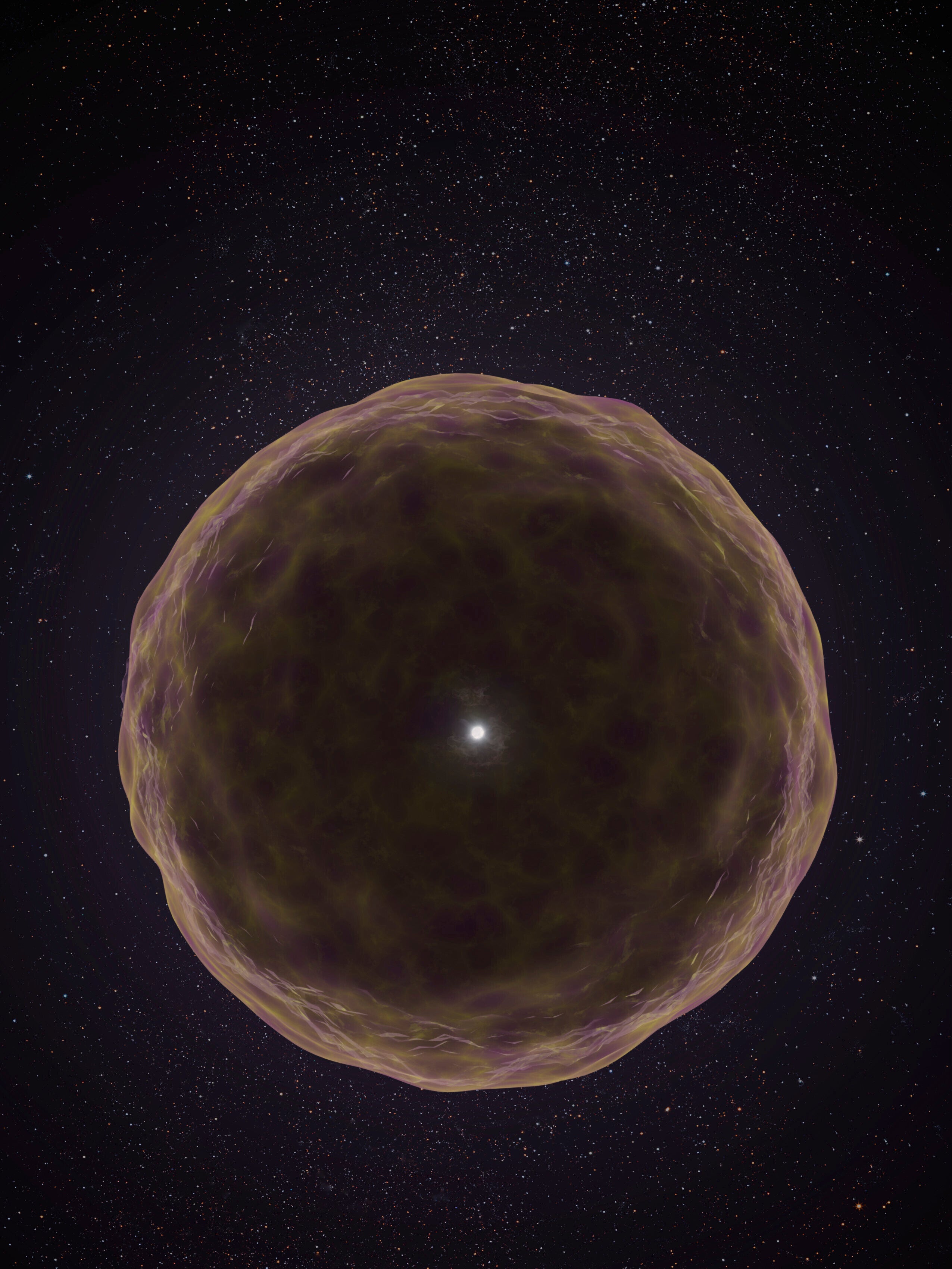
For the first time, scientists have witnessed the inner workings of a dying star as it exploded, offering an unprecedented glimpse into the intricate process of stellar evolution.
While cosmic explosions, known as supernovae, are a common end for massive stars, their violent nature typically obscures the star's internal structure, making direct observation challenging.
However, a recent breakthrough involving supernova 2021yfj, located within our own Milky Way galaxy, defied this trend. Researchers were able to observe its unjumbled layers, providing a unique window into the heart of a stellar demise.
The collapsing star's outermost layers of hydrogen and helium had peeled away long ago, which wasn't surprising. But the star's dense, innermost layers of silicon and sulfur had also shed during the explosion.

“We have never observed a star that was stripped to this amount,” said Northwestern University's Steve Schulze, who was part of the discovery team that published the research Wednesday in the journal Nature.
The finding lends evidence to ideas scientists have about how large stars look near the end of their lives, organized into layers with lighter elements on the outside and heavier ones close to the core.
“Because so many of the layers had been stripped off this star, this basically confirmed what those layers were,” said Anya Nugent, who studies supernovas at the Harvard-Smithsonian Center for Astrophysics. She was not involved with the new research.
It's not yet clear how this star got so whittled down — whether its layers were flung off violently in the final stages of its life or yanked away by a twin star. Future research may yield clues, though scientists acknowledged such an event may be tough to capture again.







